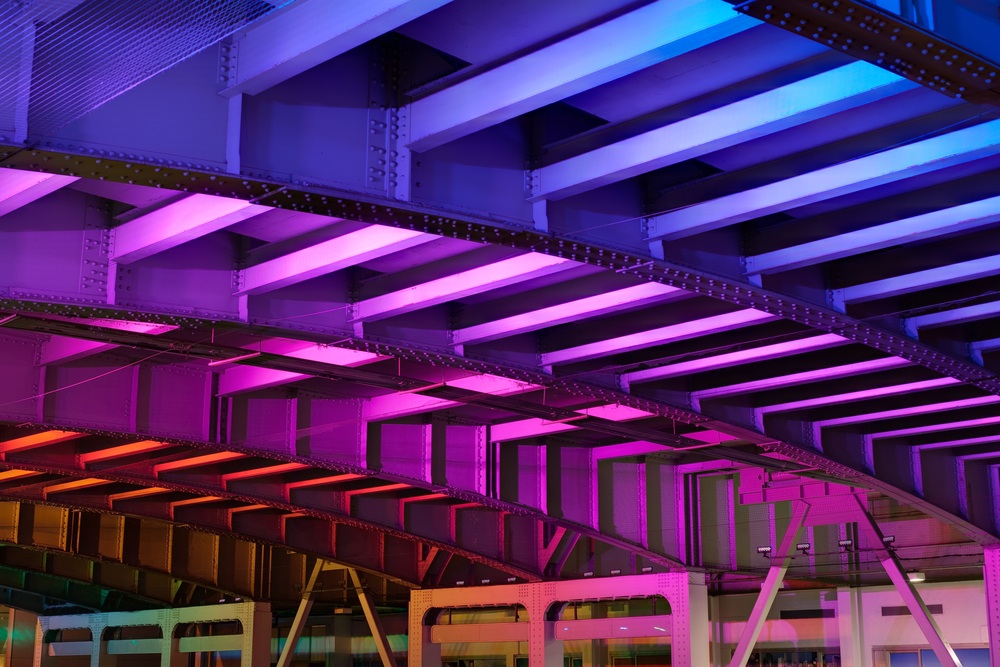LED lighting gaining traction in commercial retrofits

Once thought to be too costly for commercial buildings, LED lighting is increasingly popping up in warehouses and commercial facilities as part of energy retrofit projects.
Atlas Box, a Massachusetts-based manufacturer of protective packaging for electronics and heavy equipment, has embarked on a plan to reduce energy consumption by 55 percent in two facilities by installing LED lighting systems. The two-year retrofit project for installing lighting controls and other energy efficiency measures got underway thanks to a no upfront cost financing program set up by the local utility, National Grid.
Energy, of course, remains a significant cost for buildings and facility managers and "anything we can do to manage and control energy costs gives us a competitive advantage," said Frank Tavaras, global process engineer with Atlas Box and project leader.
Atlas worked with Groom Energy to perform building energy assessments to map savings opportunities. Tavares said he considered the warehouse's machinery and power cutting equipment as using the most energy in the three-year old facility. "But we were wrong, lights use more and gave us the opportunity to target something right away" to save energy.
For Atlas’s interior warehouse lighting, Groom Energy installed a Digital Lumens system enabling occupancy-based lighting and the ability to track and manage the system through software.
Having individual control of each fixture, as well remote monitoring and Web-based dashboard tools, were critical features in selling Tavaras on the project.
Indeed, wireless controls with underlying analytics and data management to help building managers track and monitor energy savings helps justify the investment in new LED technologies, writes Casey Talon withIDC Energy Insights.
In addition to Digital Lumens, there are a number of new players in the market for advanced lighting and with Internet-enabled controls, includingEnlighted,Adura Technologies(which wasrecently acquiredby Acuity Brands),Redwood SystemsandDaintree Networks.
But trying to gather the initial capital expense, which ran upwards of $500,000, for retrofitting a seemngly new, three-year old facility was of a tough sell, said Tavares. The company received a number of incentives from the local utility National Grid, including a finance program that covers 70 percent of energy efficiency upgrade costs with an option to finance the remaining 30 percent with no interest over the next two years.
“We are committed to promoting and offering programs that will help our customers save money while reducing their carbon footprint,” said Marcy Reed, president, National Grid, MA in statement about the project. “We’re proud to partner with [Atlas Box] and help defray the costs through program incentives that will make the project a reality."
Energy efficiency retrofits can produce big savings for commercial building owners with little upfront costs.
FirstFuel, a Boston-based energy analytics startup, released a report today revealing 51 percent of all energy efficiency opportunities could be achieved through low and no-cost operational improvements. They calculated the savings over the entire U.S. commercial building market as a $17 billion opportunity for operational improvements. An infographic showing the energy savings can befound here.




